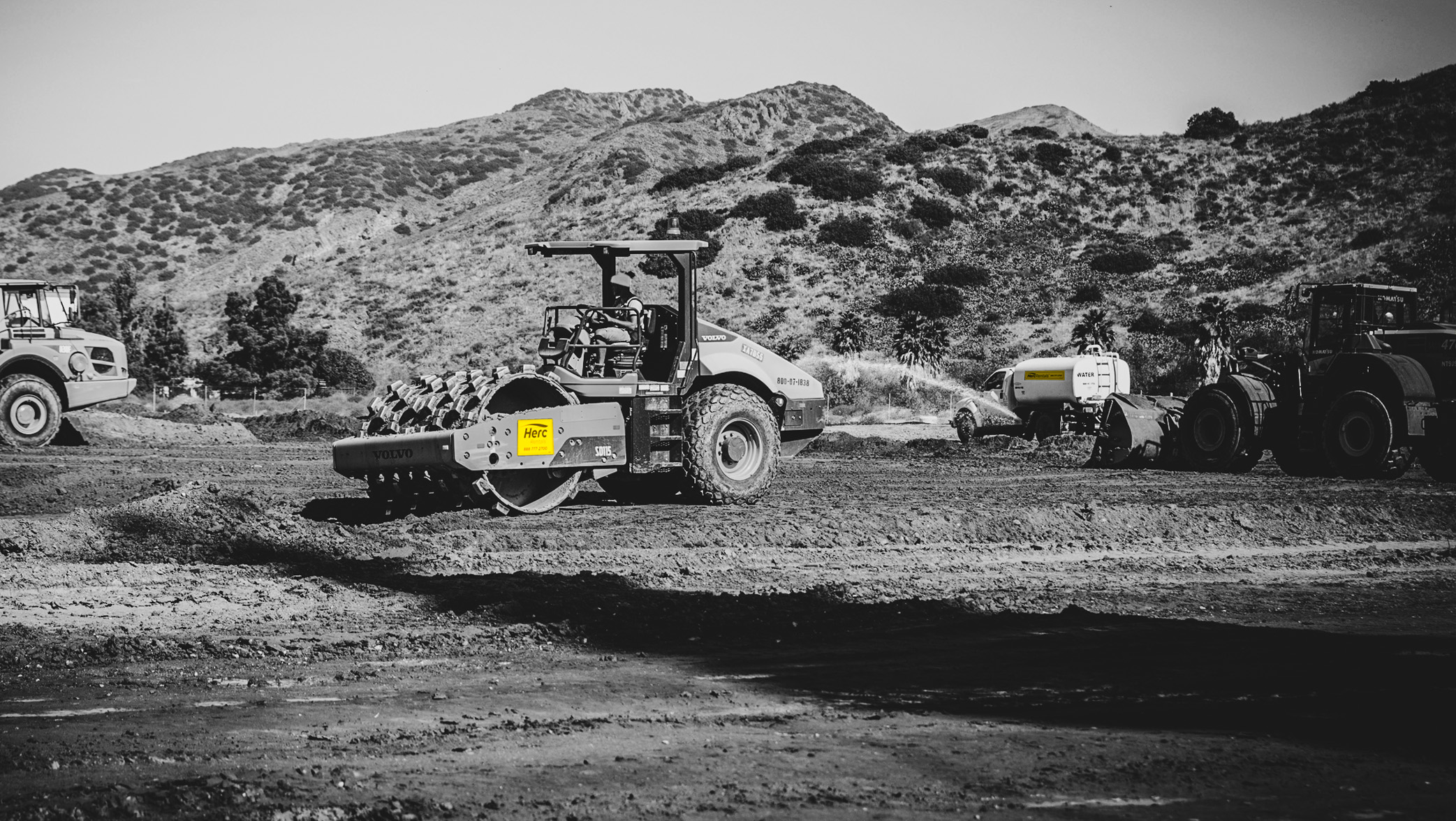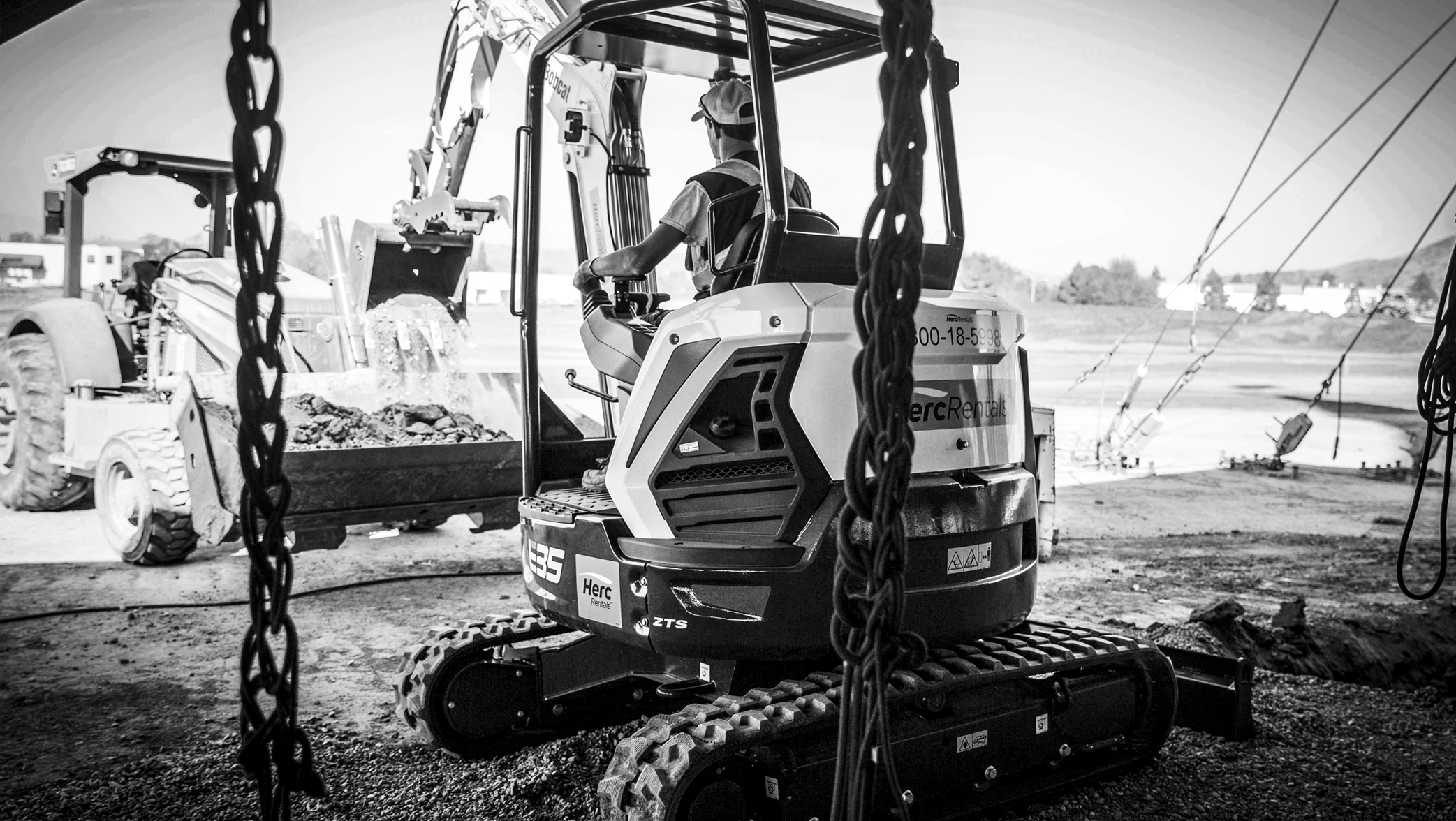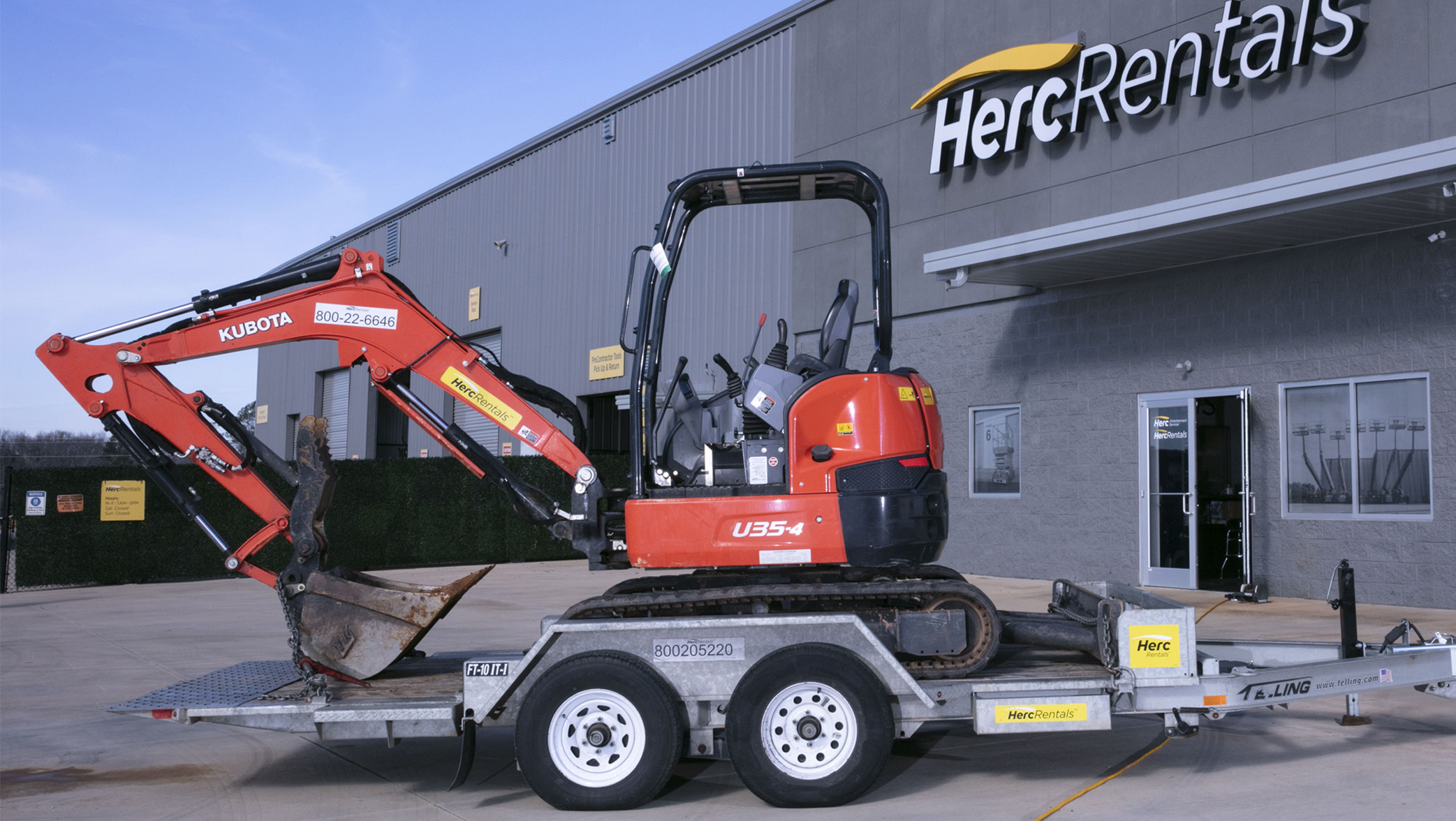As a responsible equipment operator, you recognize the need to adhere to stringent safety protocols when operating heavy equipment like bulldozers, excavators and motor graders. The massive size and weight of these machines and the congestion at many construction sites can result in tragic accidents — many of which are avoidable when taking appropriate precautions.
Training your team to follow heavy machinery safety tips can help create a safer work environment and increase productivity by reducing lost time due to equipment accidents.
Top Construction Equipment Safety Tips
Achieving and maintaining construction equipment safety is possible with these top tips and strategies.
1. Prioritize Training and Certification
Specialized training enables equipment operators to learn about the various safety protocols, hazard identification methods and risk mitigation techniques that help prevent accidents. They also increase efficiency and productivity while allowing companies to maintain legal compliance.
Some professional equipment providers offer heavy machinery training tips and programs, the latter of which can lead to highly valued industry certifications. Courses may combine theoretical instruction with hands-on application for a well-rounded experience.
2. Perform Daily Safety Inspections
Regular inspections allow operators and service technicians to detect and address mechanical issues before they become safety hazards. The process should include a check for wear and damage to the machine’s mechanical systems and specific items like the brakes, tires, mirrors and steering mechanisms.

Developing an inspection checklist offers a practical solution that ensures consistency and prevents overlooking critical items.
3. Become Familiar With Equipment Safety Features
As heavy equipment technology evolves, more features are available that make the machines safer to operate. Examples include rearview cameras, load-sensing capability, stability systems with rollover protection, fire suppression systems and ground speed control mechanisms. Be sure every operator understands how to properly operate new safety features as they encounter them.
4. Maintain Clear Communication On-Site
Construction sites are hectic, noisy places with lots of machinery and workers moving around. Establishing clear communication channels is crucial for ensuring everyone is aware of what’s happening and remains on the same page. Work together to develop communication procedure standards and ensure everyone follows them. It can also be helpful to invest in quality communication technology to streamline the process.
5. Wear Appropriate Safety Gear
Personal protective equipment (PPE) is the last line of defense between job site hazards and an equipment operator’s body. All operators should have access to PPE and wear it every time they’re on the job site. Specific items workers should wear when operating machinery include:
- Protective eyewear
- Ear protection
- Hard hats, which are required by the Occupational Safety and Health Administration
- Gloves
- Boots
Depending on the task, other PPE options might be necessary.
6. Adhere to Load Limits and Operation Guidelines
It’s important to understand the load capacity of all your equipment — carrying too much weight can cause tipping, which can lead to severe injuries and extensive damage. It’s also essential to use the machine only for its intended purposes.
Consulting the owner’s manual allows you to identify the load capacity and specific uses. Make sure every operator on your team has access to these documents and consults them accordingly.
7. Implement a Spotter System for Blind Spots
Spotters are individuals who guide operators while moving or backing heavy equipment. They help operators avoid blind spots, which are areas that aren’t visible via direct line of sight or with mirrors. Use spotters in any location where machines are working, especially in high-traffic areas.
8. Stay Vigilant About the Work Environment
Staying aware throughout the day is essential for maintaining job site safety. Changing weather conditions can impact equipment performance and present hazards for operators. Differences in terrain can take a toll on machines and affect safety.
Site supervisors should take precautions to account for any factors that could alter the work environment and have a plan to adapt quickly to changes. Proper training can also help operators deal with adverse conditions.
9. Regularly Update Safety Plans and Emergency Protocols

If it’s been a while since you’ve modified your heavy equipment safety plans and emergency protocols, you could be caught unprepared when an issue arises. Taking steps such as periodically updating your training initiatives can ensure your operators know how to respond when a situation arises.
10. Encourage a Safety-First Mindset
The best way to promote safety and prevent heavy equipment accidents is to make it a priority. Safety should be an integral component in all aspects of the job.
The ability to identify and evaluate potential earthmoving equipment safety hazards before the work begins is an essential risk mitigation strategy. Steps for implementing this process include:
- Ensure the available equipment is suitable for the task.
- Inspect the site for obstacles like cables, gas lines, trenches and low-clearance areas.
- Implement appropriate techniques when loading and unloading the equipment.
- Check and test the equipment to ensure it’s in peak operating condition.
- Install proper safeguards to protect against injuries.
- Wear appropriate PPE.
- Verify that spotters are in place.
Empower your operators by encouraging them to speak up if they have concerns about the condition of a machine or potential hazards they encounter at the site.
Best Practices for Operating Heavy Machinery Safely
Many workplace accidents result from human behaviors. Ensuring your operators adhere to all applicable safety best practices can mitigate the accident risk at your sites. These techniques include:
- Maintain three points of contact — two hands and one foot or two feet and one hand — during mounting and dismounting.
- Always wear a seatbelt when inside the machine.
- Establish a buffer zone in areas where multiple machines are operating.
- Use highly visible communication signals.
- Stop operating the equipment when feeling ill, fatigued or otherwise incapacitated.
Herc Rentals Can Help You Achieve Safety in Heavy Equipment Operations
Following these heavy machinery safety tips can substantially reduce job site accidents and injuries. As your professional safety partner, Herc Rentals can provide the equipment, knowledge and resources to protect your workers and keep your projects on schedule.
Equipment offerings from Herc Rentals contain essential safety features. We’ll ensure your crews are familiar with them and know how to use them to reduce the risk of workplace accidents.
As a trusted rental solutions provider, we understand the need to create a hazard-free work environment. We’ve worked hard to establish a culture where safety is the top priority, whether performing duties at our facilities or transporting equipment to or from your site.
We believe that implementing proactive measures is the best way to prevent accidents and injuries. Contact us for more information and receive additional safety guidance today. We can help you select the equipment that best meets your needs and fits your budget



